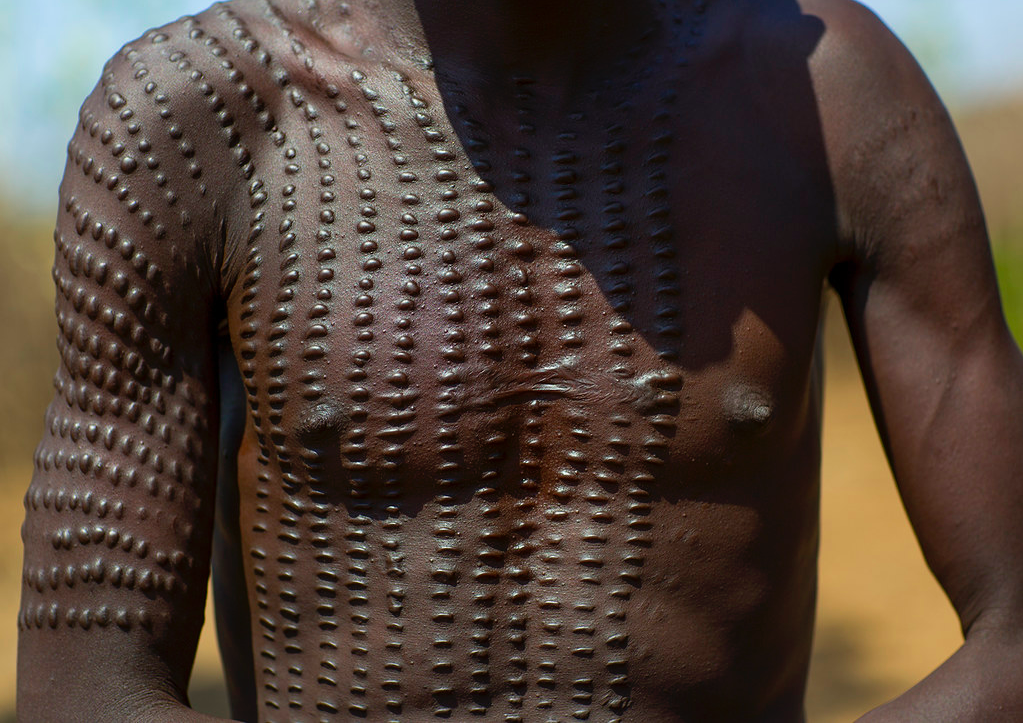In this new world of COVID 19, we may feel that we are living in an unrecognizable world. We fear getting sick, or witnessing our loved ones falling ill. We consider the possibility, with dreaded anticipation, of experiencing the fragility of our bodies, the face-to-face meeting of our vulnerabilities. We wonder, too,about the long-term effects of this zeitgeist of anxiety that presently inhabits our minds, a tearing of body and soul, that we may have difficulty shaking even when the pandemic passes.
It may be useful to think about the challenges we are facing in a different sort of way, a perspective that takes wisdom from our ancestors who lived more traumatic lives on an on-going basis than many of us today.
Trauma is part of living in the natural world. It is part of being a human animal. None of us escapes trauma. Trauma is accompanied by subsequent scarring, the evidence of the disturbance. As none of us escapes trauma, none of us escapes scarring. Our scars are both outward and inward, physical and emotional, seen and unseen. A scar may be thought of as the body’s/psyche’s/soul’s permanent memory of a breach. It is a mark of violation. But, we can see trauma, too, as an endurable mark of transformation, a pathway to growth.
The etymology of the word “scar” comes from the Greek word escharotikos, meaning hearth. In ancient Greece, the escharawas a portable hearth that stood on graves and allowed burnt offerings to the earth gods and to the underworld deities. In associating scarring with eschara, a wound becomes an offering to the underworld, a sacrificial act to placate and purify demons, ghosts, and chthonic forces. The scar becomes the mark of that offering, a never-disappearing symbol of one’s sacrifice.
Our ancestors highly valued their physical scars. Ancient Egyptian writings tell us that deliberate scarification dates back to 1700 BCE. Scarring, like its present manifestation of tattooing, was then, and remains today, a visible depiction of identity. Different cultures used scarring as a representation of one’s affiliation with a particular group, the person or culture’s affiliation, or individual stature. In ancient Greece, people were identified by their scars for the signing of legal documents. If there was no scar, the individual was labeled dsemos: “not marked.” The absence of scarring meant the absence of personhood.
With or without deliberate scarification, each of us retains visible evidence of our individual personhood: our belly button is the remnant of the cutting of the umbilical cord, the final and irreversible event of separation from the life-giving source of our mothers’ bodies. Freud identified the birth trauma as the biggest life trauma that each of us faces. I don’t think Freud was speaking hyperbolically. He felt that we spend the rest of our lives recovering from the trauma of separation from the breech of the original biological symbiosis with mother. Yet, because of the birth trauma, we become transformed into independent selves: glorious self-governing, self-regulating, self-determining selves.
Humans develop larger scars than any other animal. One theory to explain the magnification of human scarring suggests that scarring developed alongside human intelligence. As we started relying on our brains instead of our instincts to help us escape from dangerous situations, scars served the purpose of visually reminding us of our past mistakes.
Our relationship to scarification changed with Plato. He embraced the notion of beauty as an idealized, untouched form. Jews and Christians followed the thinking, and distinguishing themselves from surrounding pagans, the Judeo-Christian tradition embraced the unmarked body. As Leviticus warns: “They shall not …make any cuttings in their flesh.”
Today, children still retain a preconscious understanding of their ancestral pride of scars. They may wear their scars as did our predecessors, as symbols of a life lived with risk, injury and recovery. Children often like to show off their scars as symbolic medals.
Women have a different relationship to their scars than men. Our wombs largely define our womanhood. Many women develop scarification around their wombs from previous traumas: rape, sexual abuse, unwanted pregnancies. All these carry deep lasting psychical and psychological damage. But women uniquely wear tissue that never scars. Every month, the endometrium, the inner lining of the uterus, undergoes shedding and regeneration without scarification. The scarless injury of shedding tissue from our wombs is, as well, the manifestation of recovery and the symbol of the promise of our future.
Most of the scars we carry are invisible. I once attended a workshop on trauma, and everyone was asked to take a red cloth ribbon, and pin it to where they had scars. The room soon became a sea of red. Ribbons on the heart were the most plentiful.
The largest scar I have is on the right side of my neck. It came from a razor blade cut as I was being assaulted when I was 21. I see the scar whenever I brush my hair. I have spent many hours in therapy talking about the rape. The rape hurt me, physically (as he narrowly missed my jugular), and psychologically (I remained fearful of the night for the next 10 years).
A scar means that the hurt is over. It is the product of the body’s repair mechanism after tissue injury. It says that the wound is closed. This is how my scar had come to feel to me—that I had resolved the experience, made my peace with it. A few years ago, I had a physical exam with a holistic doc. He asked about the scar, and I told him (without great affect) about the experience. He explained that scar tissue blocks energy movement: scars lack elasticity; an overexpression of collagenblocks regeneration of the wounded tissue. He suggested that he could break up the energy stagnation by his inserting needles into the scar. One needle later, I found myself unexpectedly, almost hysterically crying. And for the rest of the day, I felt the most profound sadness I had ever felt. All those feelings hanging around in my unconscious, in my scar: unfelt, unseen.
When we become interested in the deeper meanings of our scars, we can begin to see the relationship between our unconscious, our wounds, and our history. Every emotional wound is a historical scar. Physical scars tell us much about who we are,and they are also reminders of who we were: past and present meeting in visual representation. They are like a bodily diorama depicting the challenges of our lives.
COVID-19 is leaving deep emotional, and in some cases, physical remnants of the disease that have been so freely, ostentatiously and treacherously conferred onto us. It may be useful, at this time, to remember the honor with which our ancestors treated their injuries, and the depiction and promise of recovery that scarification represented.


